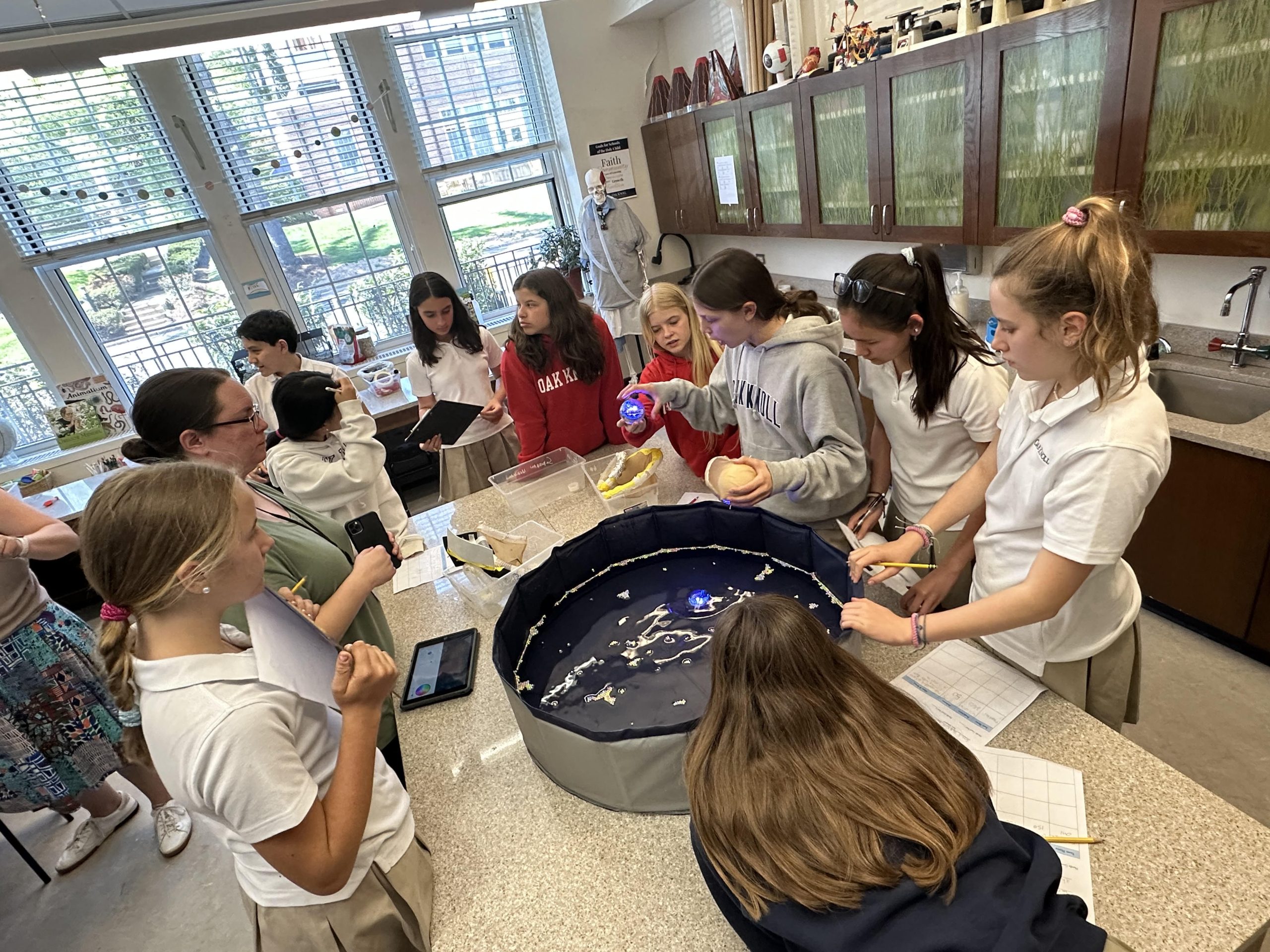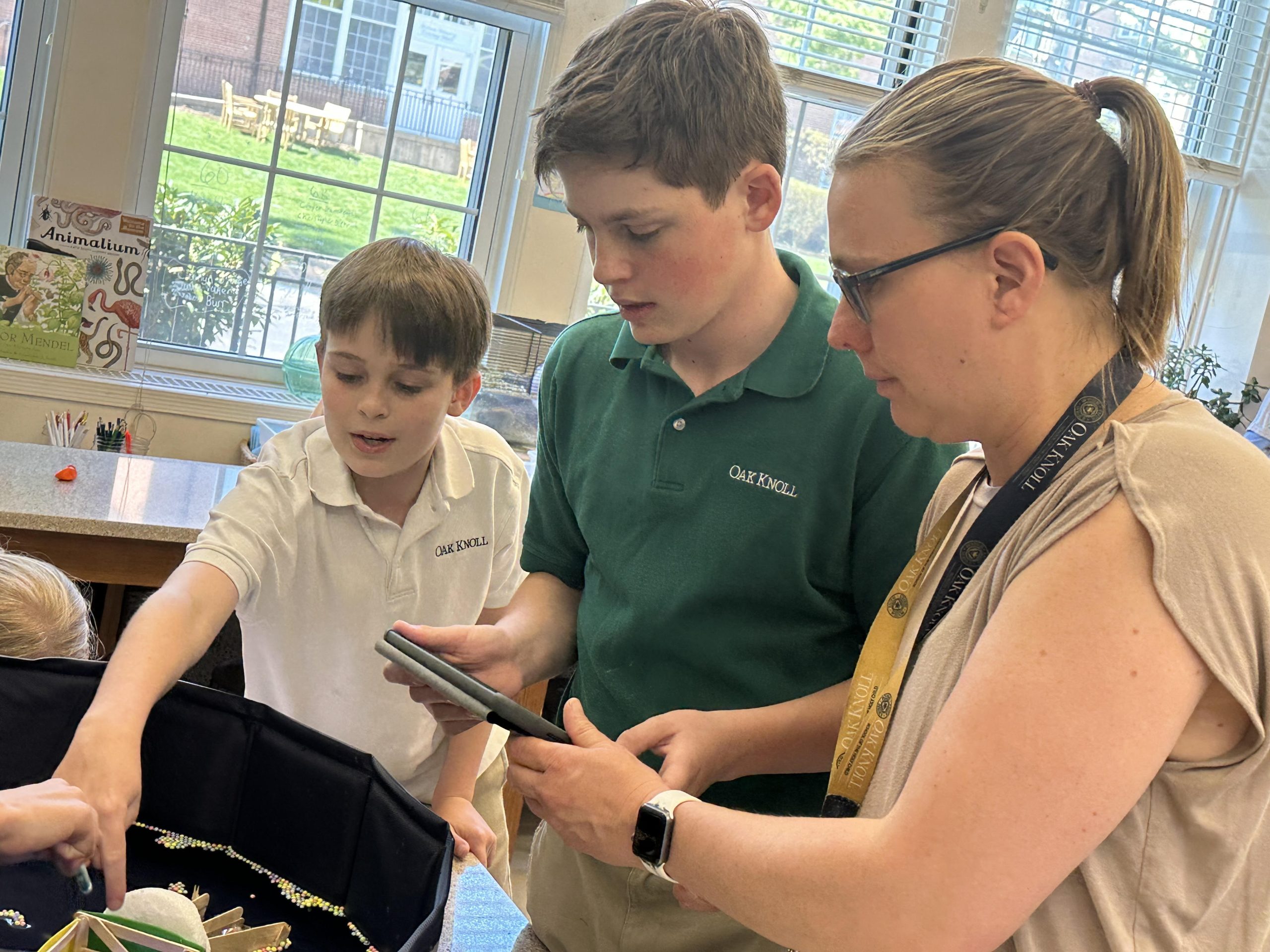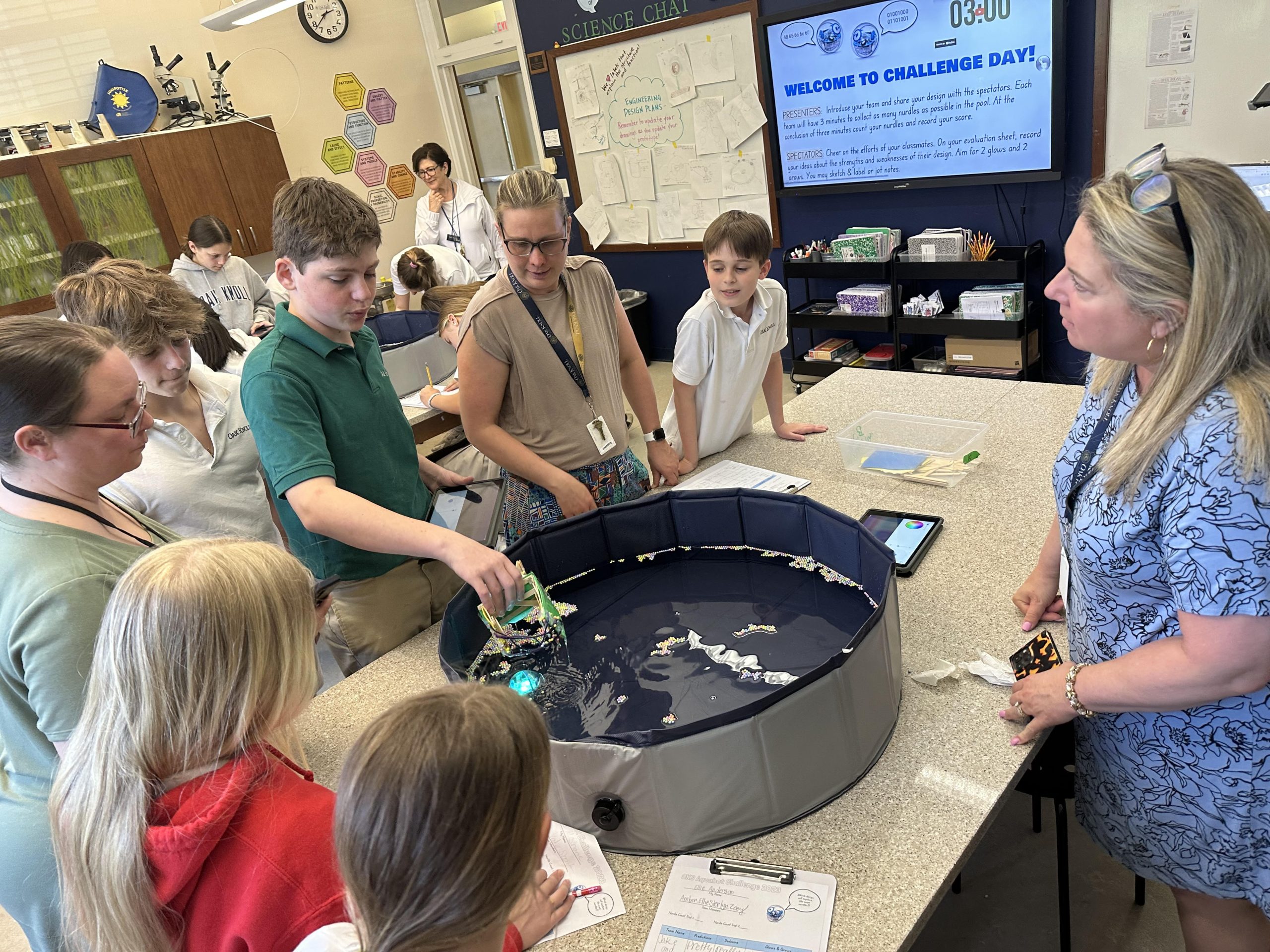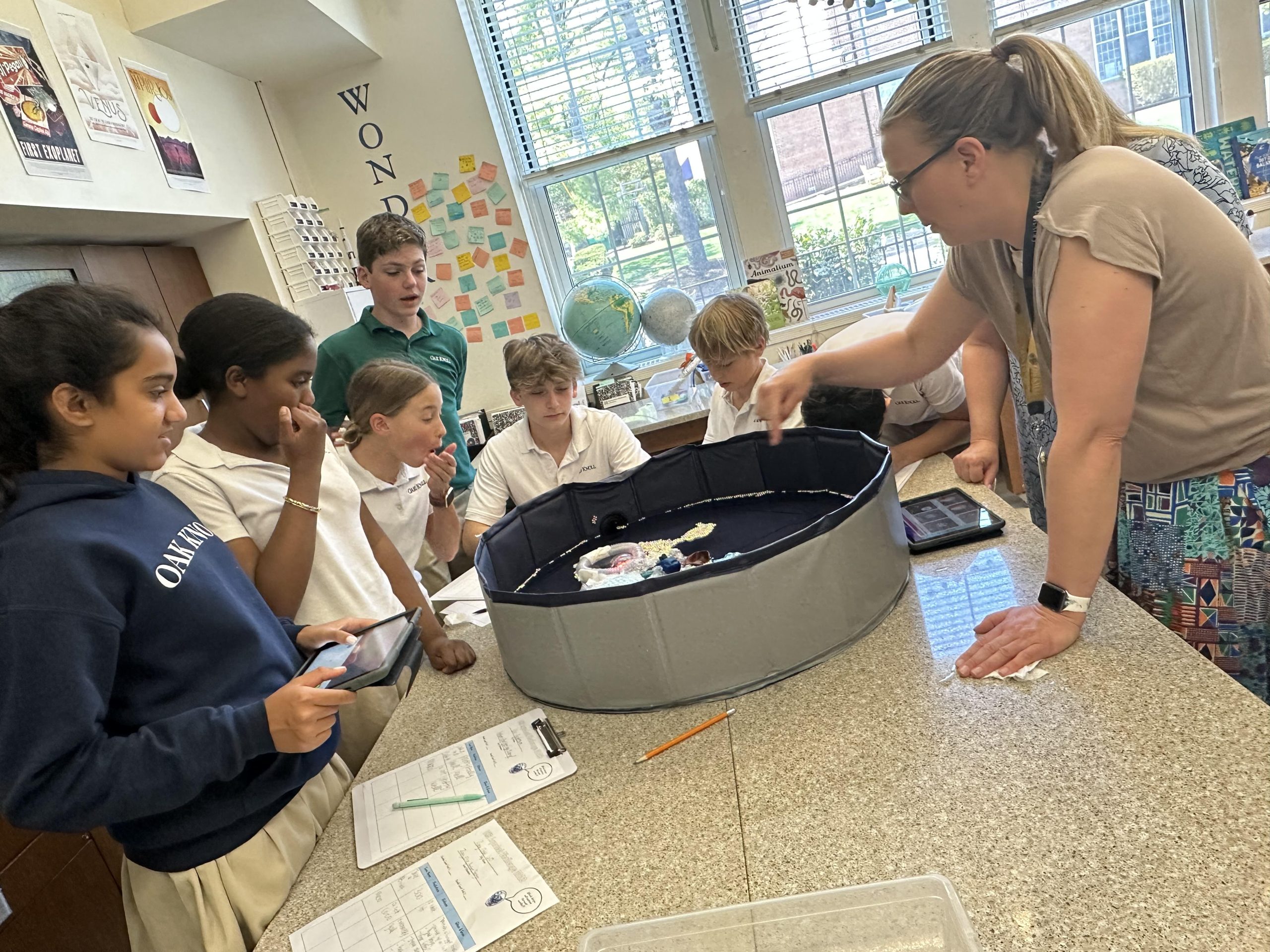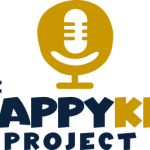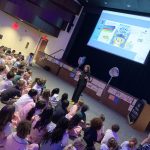Generation AI (Artificial Intelligence)
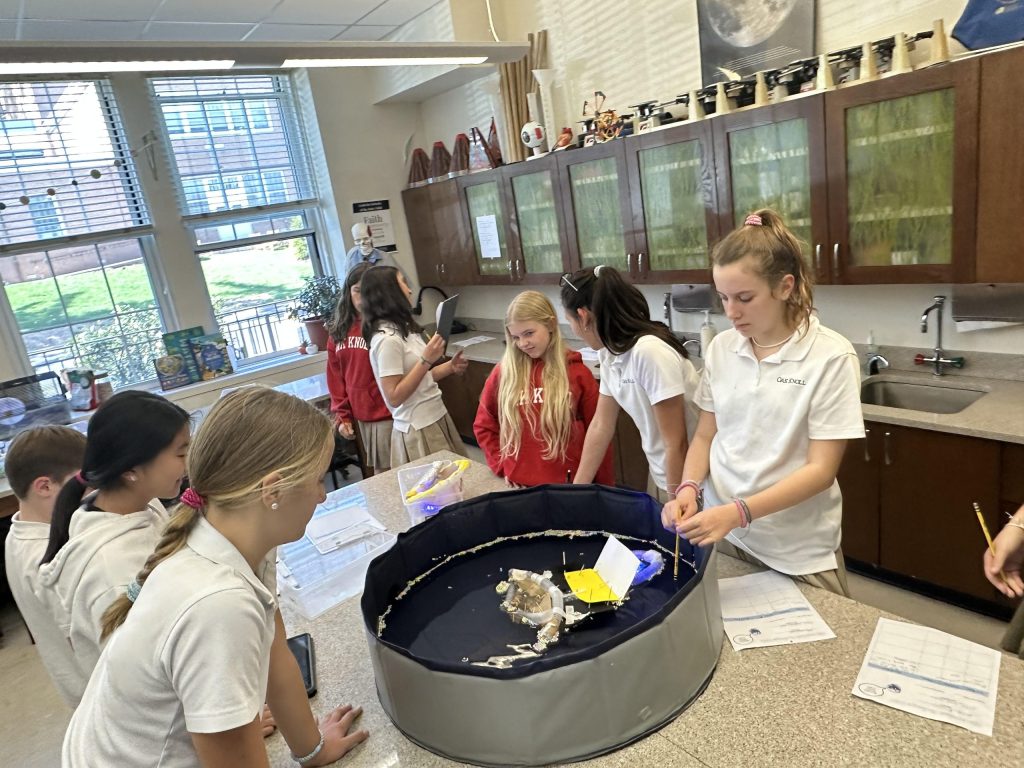 Just as each generation is given a moniker such as “Millennial” or “Gen Z,” perhaps we should refer to students in our Lower School as “Gen AI.” They will be the generation that grows into a world where artificial intelligence is ubiquitous and machines also have a passion for learning.
Just as each generation is given a moniker such as “Millennial” or “Gen Z,” perhaps we should refer to students in our Lower School as “Gen AI.” They will be the generation that grows into a world where artificial intelligence is ubiquitous and machines also have a passion for learning.
To prepare them for this science “non-fiction” future, Lower School STEAM faculty are eagerly developing units of learning that embrace these concepts while digging under the hood, so to speak, so that students understand how these systems work, their strengths and weaknesses, and how to use them ethically and appropriately.
For example, grade 6 students spent time earlier in the year learning concepts related to machine learning and artificial intelligence and then put their knowledge to work on a cross-curricular environmental project. Having mastered the ability to program and drive Sphero robots in their technology classes, and having recently learned about ocean currents, wind, convection, climate, and the Great Pacific Garbage Patch in science classes, they embarked on a mission to build a prototype of a robot that could clean the ocean of plastic while differentiating garbage from other inhabitants of the sea.
After working in teams of four and drawing a prototype, then constructing, testing, and reconstructing an actual apparatus with a harness that could be attached and removed from a Sphero — in order to scrape small plastic balls from a doggy pool — they met for a final challenge this week. Each team had three minutes to maneuver their Sphero around the pool and collect the most symbolic garbage. Teams used an evaluation sheet to record their results and compare their models against other teams, while also offering advice to other teams on where their project was a “glow” and where perhaps it could use a “grow.”
Teams have also been using an artificial intelligence module at code.org to teach a machine to recognize the difference between plastic and other objects in the sea. They feed data into the system in the form of images noting what the machine should consider good or bad items to scoop up. In the process, they are learning that artificial intelligence is only as good as the data it receives as it learns.
The next phase of the project is for individual team members to write a reflection paper explaining how their design changed over time, what challenges they faced, how the use of artificial intelligence might have improved their design, and what impact their design might have on an ecosystem. Following their reflection, they will make a presentation to the rest of their class.
By the time these students reach high school and beyond, they will be well prepared to live in the brave new world of machine learning.



